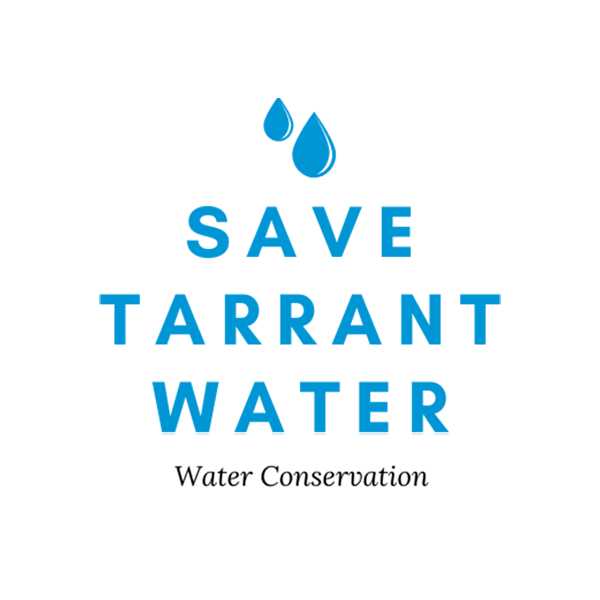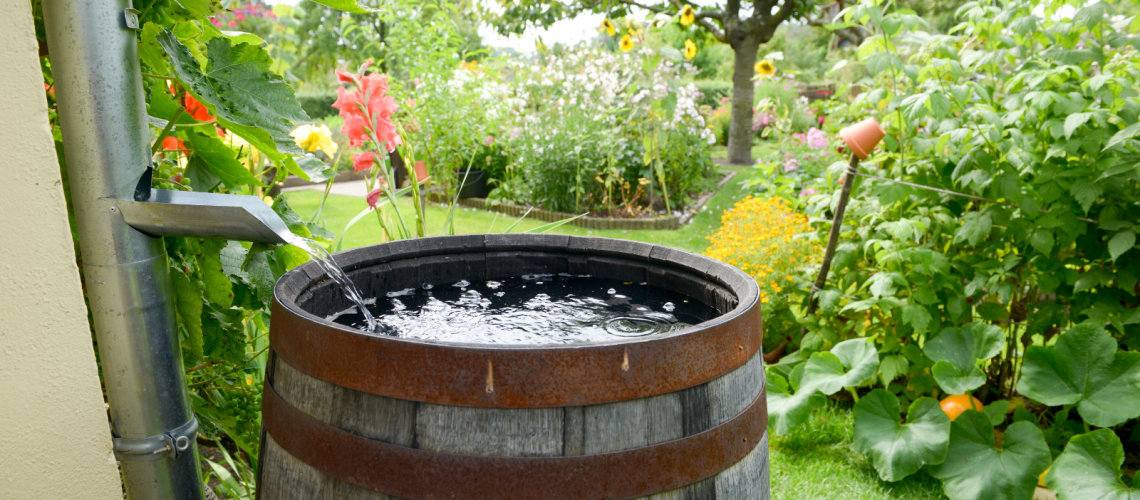Explore Ways to Use a Rainwater Harvesting Barrel
Whether you purchased a pre-made rain barrel or made one yourself, this easy guide will help you explore ways to use your rainwater harvesting barrel.

Using rain barrels to harvest rainwater is a great way to conserve water and save on your water bill. Of all the water consumed for everyday uses, 30 to 50 percent of that is typically used outside, which puts a hefty strain on the water supply and your utility bill.
Collecting rainwater also helps the environment by reducing floods, erosion, and runoff. If you have issues with floodwater on your property, a rain barrel can be used to divert and capture excess rainwater.
Have you got your hands on a rain barrel? Let’s see how to you can put it to good use!
Where to Use Harvested Water
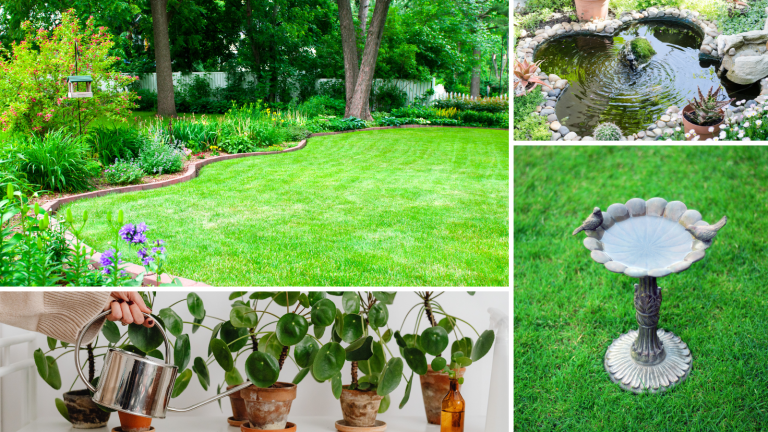
The water captured by rain barrels can be use in all sorts of areas around your home such as:
Landscape irrigation
Houseplants
Pools
Ponds, fountains, or other water features
Birdbaths
Terrariums
Livestock
Wildlife
NEVER DRINK RAINWATER THAT IS NOT PROPERLY FILTERED. Rainwater can collect chemicals and particles from the roof it falls on.
CONSULT YOUR VETERINARIAN BEFORE USING RAINWATER FOR PETS.
How to Use a Rain Barrel
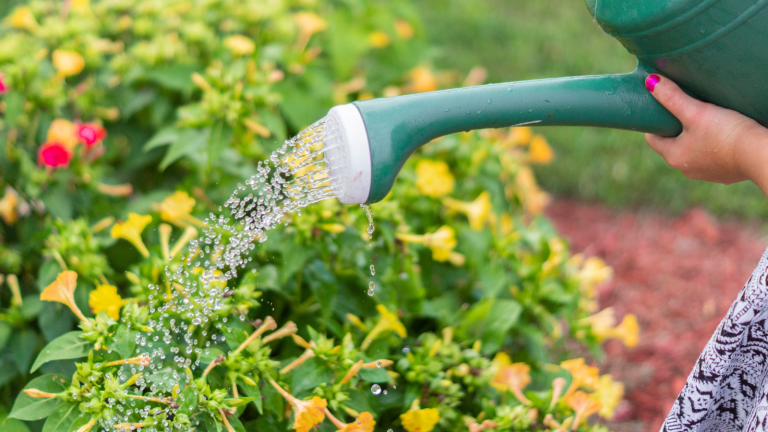
One way to use the water collected is to simply fill up a watering can using the spout that is connected to the rain barrel. This way you can directly water your plants, keeping them lush and vibrant.
Plants prefer rainwater! Using rainwater instead of water from your tap or garden hose is a much better alternative for your plants as it doesn’t contain any salts or purifying chemicals, making it less harsh on your plant’s roots.
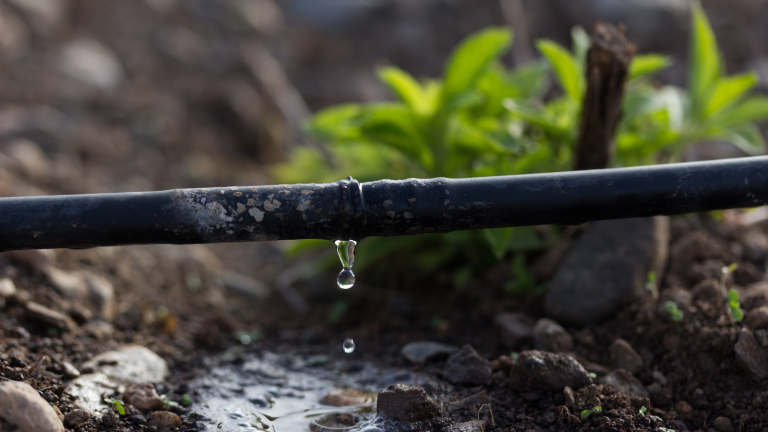
For a less manual approach, you can connect your rain barrel to a drip irrigation system. Drip irrigation uses tubing ran across a garden bed to slowly apply water directly to the roots of the plant. This method is great for small areas and not intended for large areas of grass or landscapes.
To use your barrel with a drip system or soaker hoses, place the barrel near the plants at an elevation of 12” to 24” inches using bricks, cinder blocks, or a stand. Doing this will create more water pressure. If more pressure is needed, like for a spray irrigation system, you can install a pump; however, keep in mind the water will drain much faster.
Know that connecting drip irrigation or soaker hoses to a rain barrel without additional pressure will work but not to manufacturer specifications. The water will take much longer to apply and will not run as long a distance compared to under pressure.
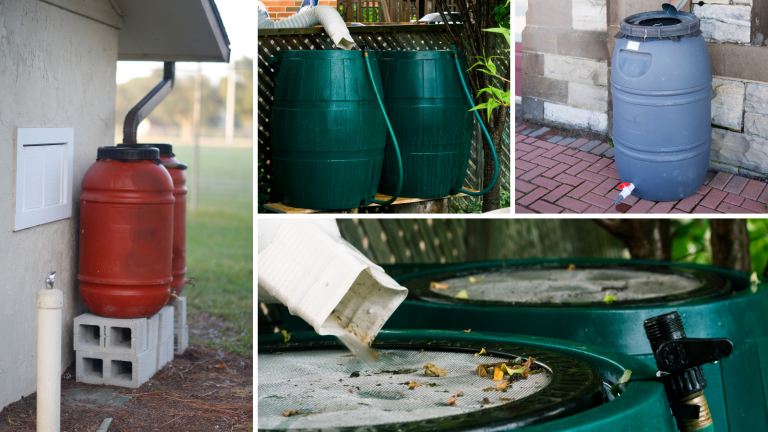
Dealing with Overflow
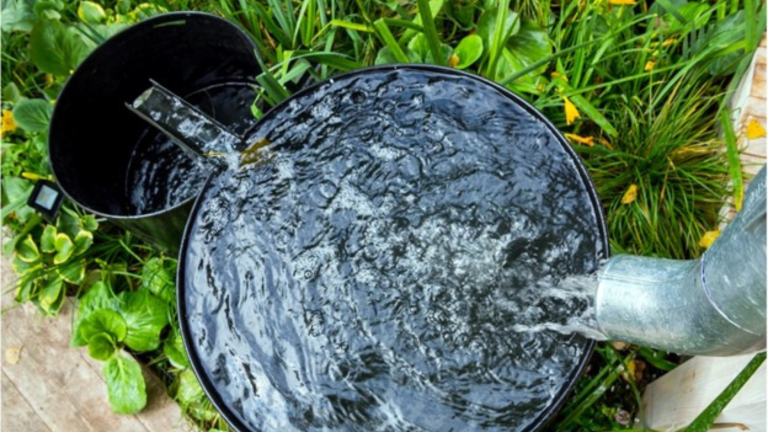
If it ever were to rain more than your barrel could handle, you can install additional barrels to stock up on the extra water. Connecting a hose or a pipe to each barrel can do the trick. Here are two ways to do this:
-
Connect a hose at the highest point so that water can overflow into the next barrel.
-
Connect the barrels at the spout with a y-splitter. The barrels will slowly fill together as water comes in.
If you don’t want to collect overflowing water, you can attach a pipe at the top of your barrel and redirect the water elsewhere. It’s important to redirect water away from garden beds and the house to avoid disturbance.

